15 years one-stop China custom CNC machining parts factory
 414 |
Published by VMT at Sep 06 2024
414 |
Published by VMT at Sep 06 2024
Surface hardening is a crucial process in manufacturing, particularly in the production of CNC machining parts, where durability, strength, and wear resistance are critical. It involves altering the surface layer of a material, usually metal, to increase its hardness while maintaining a softer, ductile interior. This guide provides an in-depth look at surface hardening, explaining what it is, why it’s done, when it’s used, and how it benefits various applications. By understanding surface hardening, manufacturers can enhance the performance and longevity of precision CNC machining parts.
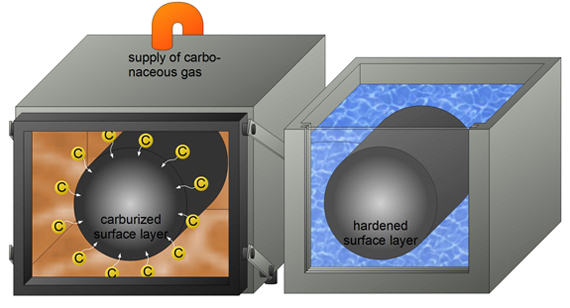
Surface hardening enhances the durability and performance of metal components by treating only their outer layer, resulting in a hard surface while keeping the core softer and more flexible. This selective hardening process is widely used in industries requiring high-performance parts with enhanced wear resistance, such as automotive, aerospace, and mechanical engineering. The following sections delve into the basics of surface hardening, its methods, applications, and benefits.
Surface hardening is a metallurgical process used to increase the hardness of the outer layer of a metal component. The goal is to create a wear-resistant surface while retaining a tough, impact-resistant core. This process is particularly important for parts that experience high friction or stress during operation, such as gears, bolts, and camshafts. By hardening only the surface, manufacturers can extend the life of a component without compromising its overall toughness. Surface hardening is commonly applied to ferrous metals like steel and cast iron, although it can be used on other materials as well.
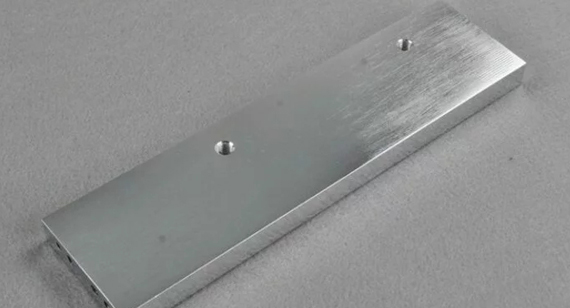
Surface hardening is performed to enhance the wear resistance, fatigue strength, and overall durability of metal parts. In many applications, the surface of a part is subject to higher stress and wear compared to its core. By hardening the surface, the part can better resist deformation, abrasion, and fatigue while maintaining the ductility and toughness of the interior. This balance of properties is essential in components that must endure heavy loads, repeated impacts, or friction, such as in automotive transmissions, industrial machinery, and aerospace components.
Surface hardening is used in situations where enhanced surface properties are needed without compromising the core material's flexibility and toughness. Some common scenarios include:
Low Budget: Surface hardening offers a cost-effective way to improve the wear resistance of parts without the expense of using fully hardened materials.
Unique Properties: In cases where specific surface characteristics are required, such as increased hardness or corrosion resistance, surface hardening provides a tailored solution.
Reduced Material Availability: When materials with the desired properties are scarce or expensive, surface hardening allows manufacturers to use more readily available materials while still achieving the required surface hardness.
Application-Based Use: Some applications, like gears, bolts, and files, only require a hard surface to function effectively. Surface hardening is ideal for these parts, as it improves performance without the need for through-hardening.
There are several methods of surface hardening, each with its specific advantages and applications:
Heating and Quenching: This traditional method involves heating the metal surface to a high temperature and then rapidly cooling it, usually with water or oil. The rapid cooling hardens the surface while the core remains relatively soft.
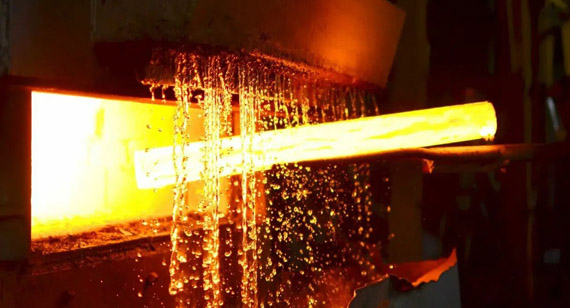
Nitriding: Nitriding introduces nitrogen into the surface layer of steel, forming hard nitrides. This process is done at lower temperatures than carburizing, resulting in less distortion and a very hard, wear-resistant surface.
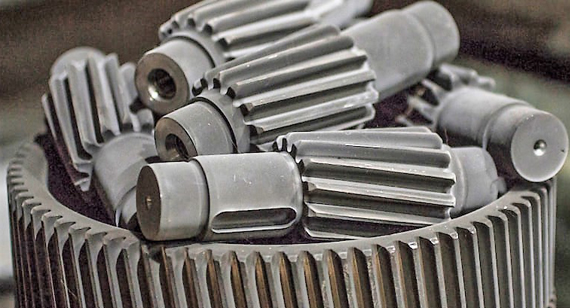
Carburizing: In carburizing, the metal is exposed to a carbon-rich environment at high temperatures. The carbon diffuses into the surface layer, which is then quenched to harden it. This method is common in the automotive industry for gears and other components.
Cyaniding: Cyaniding is a fast and cost-effective method where the metal is heated in a cyanide bath, allowing both carbon and nitrogen to diffuse into the surface. It’s typically used for small parts that need a hard surface quickly.
Carbonitriding: Similar to cyaniding, carbonitriding introduces both carbon and nitrogen into the surface layer. It’s done at lower temperatures, which helps in achieving a tough, wear-resistant surface with minimal distortion.
Ferritic Nitrocarburizing: This method is a form of nitrocarburizing done at lower temperatures, often used to improve wear resistance and fatigue strength without causing significant dimensional changes.
Surface hardening is commonly applied to ferrous metals, although some non-ferrous metals can also be treated:
Low Carbon Steel: Often surface hardened to improve wear resistance while maintaining a tough core.
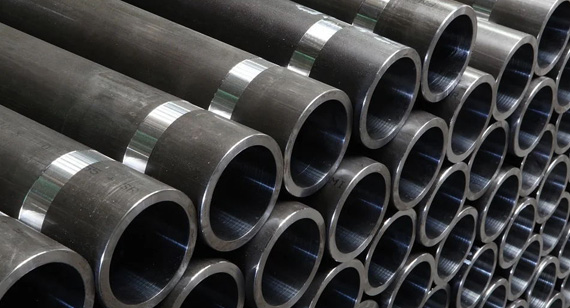
High Carbon Steel: High carbon steel is frequently used in tools and cutting applications where a very hard surface is required.
Cast Iron: Surface hardening cast iron can significantly increase its wear resistance, making it suitable for engine components and industrial machinery.
High Strength Low Alloy Steel: These steels are surface hardened to combine high strength with a tough, wear-resistant surface.
Tool Steel: Used for cutting and forming tools, surface hardening enhances the wear resistance of tool steel, extending the life of the tools.
Stainless Steel: Though more challenging to surface harden, some stainless steels are treated to improve wear resistance while maintaining corrosion resistance.
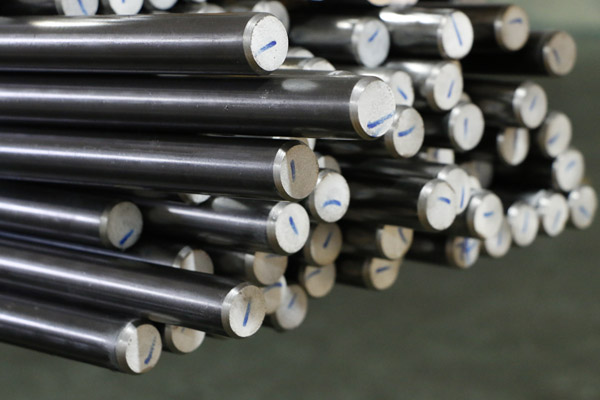
Some Common Case-Hardened Parts Include:
Gears: Surface hardening gears increases their wear resistance, extending their operational life in high-stress environments.
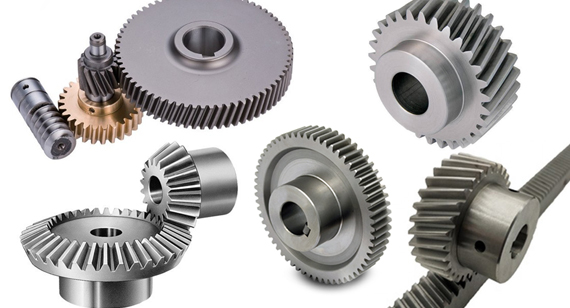
Fasteners: Hardened fasteners are crucial in applications where strong, reliable connections are necessary.
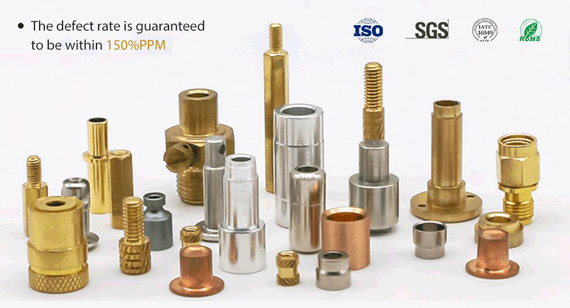
Camshafts: Surface hardening of camshafts improves their resistance to wear and fatigue, which is essential in automotive engines.
Rods and Pins: These components benefit from surface hardening by gaining resistance to bending, wear, and impact, critical in mechanical systems.
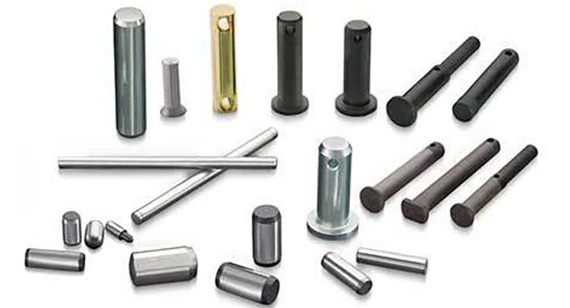
The hardness of surface-hardened parts is typically measured using several standardized hardness tests:
Rockwell Hardness: This test measures the depth of indentation made by a hard, spherical indenter under a specific load. Rockwell hardness is a quick and widely used method, especially for comparing the hardness of different metals.
Brinell Hardness: The Brinell test involves pressing a hard steel or carbide ball into the material and measuring the diameter of the indentation. This test is often used for materials with a coarse or uneven structure.
Vickers Hardness Test: The Vickers test uses a diamond pyramid indenter and can measure the hardness of very thin layers, making it suitable for assessing the surface hardness of case-hardened parts.
Case hardening, a form of surface hardening, offers several significant benefits:
Increased Service Life: By hardening the surface, parts are more resistant to wear and tear, leading to longer operational life.
Increased Durability: Hardened surfaces are better able to withstand the stresses and impacts of daily use, reducing the likelihood of failure.
Increased Tensile Strength: Surface hardening can improve the tensile strength of the material, making it more resistant to breaking under tension.
Increased Heat Resistance: Hardened surfaces are better able to withstand high temperatures, which is particularly important in applications like engines and turbines.
Oxide coatings can form on hardened parts during the heat treatment process. Removing these coatings is essential for maintaining the part's appearance and ensuring proper function:
Polishing Process: Polishing removes oxide layers while also smoothing the surface, improving both aesthetics and performance.
Hardening Parts in a Vacuum: Vacuum hardening minimizes oxidation, reducing the need for post-process cleaning or polishing.
Grit Blasting: Grit blasting uses abrasive particles to remove oxide layers and other surface contaminants, leaving a clean, polished surface.
Quenching First, Machining Later: Quenching parts before machining helps in avoiding the formation of oxides during the heat treatment process, simplifying the finishing process.
Surface hardening is widely used across various industries to enhance the performance and durability of critical components:
Gears: Surface hardening gears enhances their wear resistance, ensuring long life and reliable performance in transmissions and machinery.
Mechanical: Mechanical parts like shafts, cams, and pins benefit from surface hardening, gaining the necessary hardness to resist wear and fatigue in high-stress environments.
Automotive: In the automotive industry, components like camshafts, crankshafts, and gears are surface hardened to withstand the demands of high-performance engines and drivetrains.
Aerospace: Aerospace components are often surface hardened to enhance their durability and resistance to wear in extreme environments, where reliability is critical.
Surface hardening is a vital process in manufacturing, particularly in the production of CNC machining parts that require enhanced wear resistance and durability. By understanding the different methods of surface hardening, the types of metals that can be treated, and the benefits of this process, manufacturers can select the best approach for their specific applications. Whether in automotive, aerospace, or industrial machinery, surface hardening plays a crucial role in ensuring the longevity and performance of critical components.
What is the Difference Between Surface Hardening and Case Hardening?
Surface hardening refers to the overall process of hardening the surface of a metal, while case hardening is a specific type of surface hardening where only the outer "case" of the material is hardened, leaving the inner core softer.
Which Case Hardening Process is Best?
The best case hardening process depends on the specific application, material, and required properties. Carburizing is widely used for gears, while nitriding is preferred for parts requiring minimal distortion.
What are the Criteria for Case Hardening?
Criteria for case hardening include the desired surface hardness, core toughness, part geometry, and material composition. The process should also consider the operational environment and load conditions.
Is Case Hardening Expensive?
Case hardening can be cost-effective compared to through-hardening, especially when only surface wear resistance is needed. However, costs can vary based on the specific method and material used.
Is Case Hardening Durable?
Yes, case hardening significantly improves the durability of parts by providing a hard, wear-resistant surface while maintaining a tough core.
Is Carburizing the Same as Case Hardening?
Carburizing is a type of case hardening where carbon is diffused into the surface layer of the metal to increase its hardness.
What is the Difference Between Case Hardening and Through Hardening?
Case hardening hardens only the surface of the material, leaving the core softer, while through-hardening hardens the entire part, resulting in uniform hardness throughout.
This guide on surface hardening provides a clear and comprehensive understanding of the process, its applications, and benefits. By mastering the various methods and considerations involved in surface hardening, manufacturers can enhance the performance and longevity of CNC machined parts, meeting the high standards required in modern industries.
